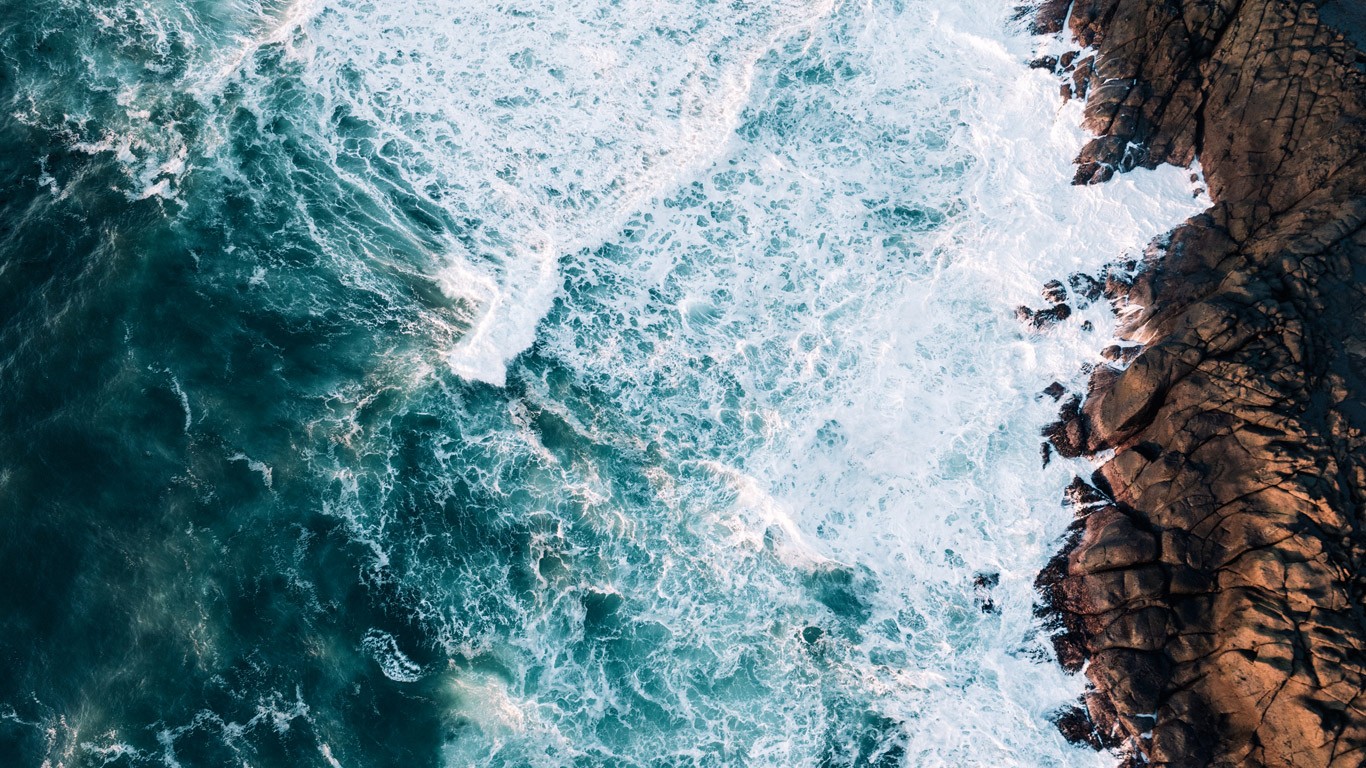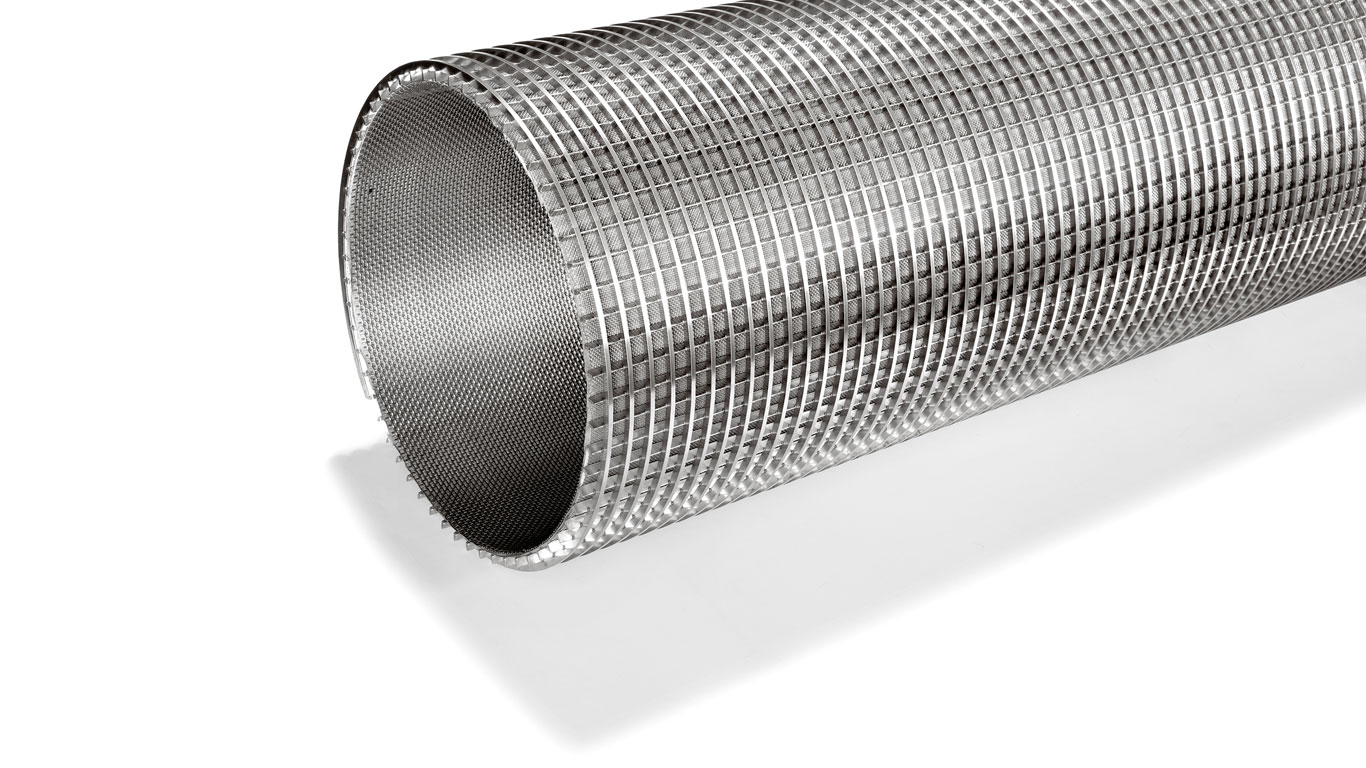Seawater treatment with corrosion-resistant wire mesh
Automatic filters for ballast water treatment and seawater desalination
Seawater is a virtually inexhaustible natural resource of our planet. To utilize it more sustainably, seawater treatment is at the center of innovative technological developments. While seawater desalination helps meet the globally increasing demand for drinking water, ballast water treatment on container ships protects marine ecosystems from invasive species.
Seawater desalination is gaining global importance to meet the growing demand for drinking and industrial process water.
Reverse osmosis (RO) has become one of the most important processes. A membrane is crucial to the desalination process. Upstream filtration with wire mesh filter elements removes even fine particles as small as 5 µm from pretreated seawater or brackish water. This protects the membrane from fouling and clogging, extending its lifespan.
By implementing this optimized filtration strategy, desalination plants benefit from significantly reduced energy consumption and long-term lower maintenance costs.
Ecological—and even economic—risks from container shipping lie in the numerous organisms that are introduced into foreign waters when ballast water is discharged at the destination port.
The International Maritime Organization (IMO) has therefore adopted a Ballast Water Convention to prevent uncontrolled water exchange. Newly built ships are obliged to discharge ballast water only when it meets strict thresholds:
- Fewer than 10 viable organisms larger than 50 µm per m³ of water
- Fewer than 10 viable organisms between 10 µm and 50 µm per ml of water
Automatic filters for seawater treatment
Optimized design for stable differential pressure
Whether in ballast water treatment systems (BWMS) or seawater desalination plants—automatic filters are increasingly used for pre-filtration. Automated self-cleaning occurs via mechanical methods such as rotating brushes, suction devices, or backflushing. This keeps the differential pressure stable, reducing energy costs and extending filter system lifespans. A further benefit is consistently high water quality. These filters are particularly suitable for large water volumes in industrial and municipal applications.
Multilayer filter elements made of wire mesh have proven effective in these automatic filters. Depending on process requirements, optimally matched mesh layers or mesh laminates are used. They reliably retain solids and organisms even at high flow rates and offer excellent dirt-holding capacity. The result: using metal mesh inserts in automatic filters leads to a reduction in OPEX (operational expenditure).
The functional properties of metal wire mesh offer clear advantages under extreme environmental conditions and in terms of process reliability. The different mesh patterns are precise geometric structures with clearly definable pore sizes, material, and flow characteristics. This ensures consistent filtration performance across the entire filter and allows for versatile processing. Filters made of metal wire mesh are also highly regenerable and recyclable.
The flow rate of a wire mesh filter depends on several factors, including the system footprint, filter fineness, and water pressure. Additionally, the weave type and the number of support and drainage layers play a role. These factors lead to different filter configurations that can be simulated in advance.
The separation efficiency required for the application is the key metric for filter fineness. Manufacturers of large-scale filtration systems typically select a precisely cut MINIMESH® S-Metal Filter Cloth for this purpose. This allows for accurate separation of even the finest particles from 5 µm upwards.
In seawater applications, corrosion resistance and weldability of the wire mesh are essential. Highly alloyed austenitic steels such as Avesta 254 SMO or Hastelloy C 22 are very robust due to their high resistance to pitting corrosion. Austenitic-ferritic duplex grades can also withstand extreme conditions.













































